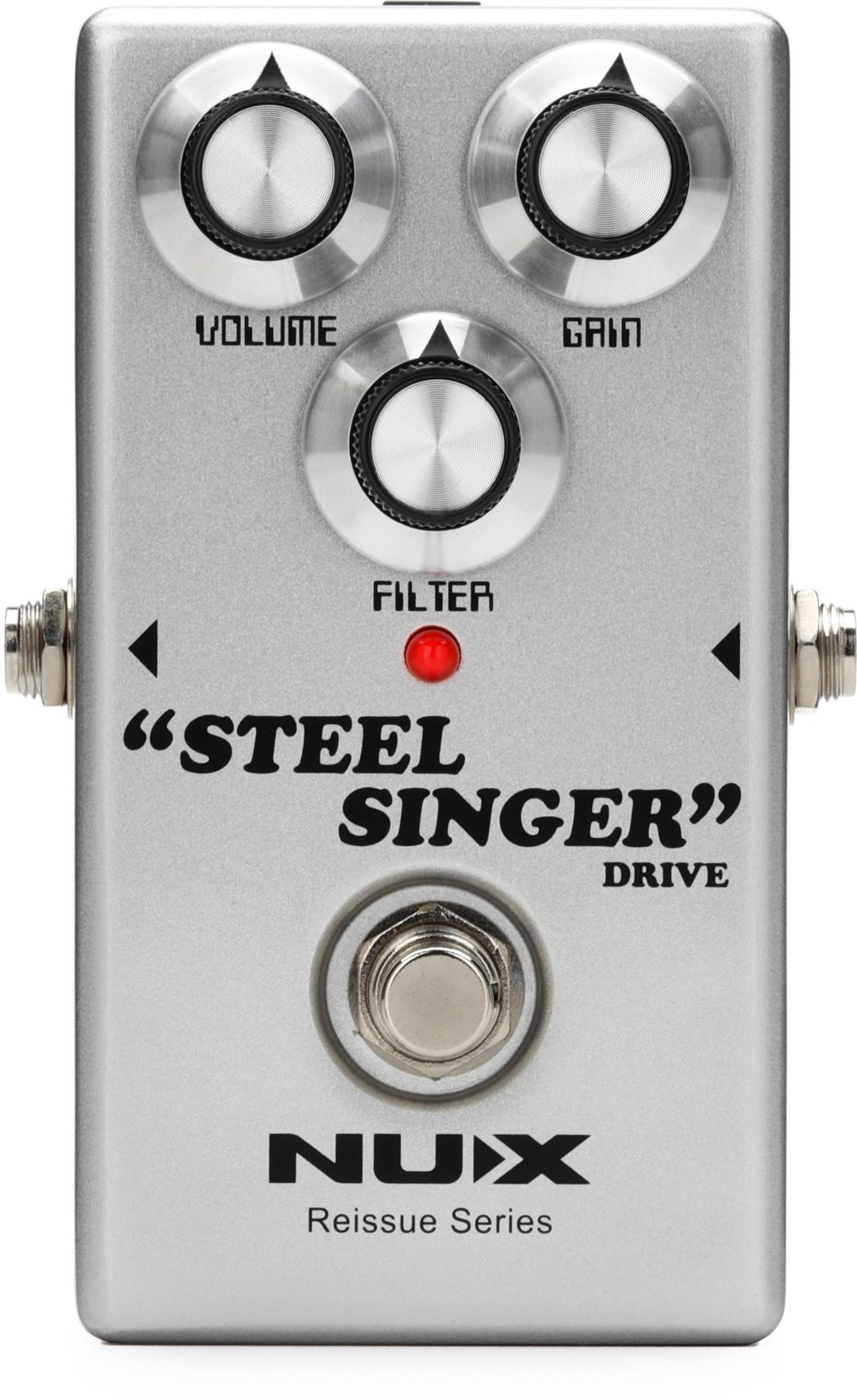Oklahoma City, OK (September 18, 2015) -- In 1978, Reinhold Messner was the first man to ascend Mt. Everest without the use of supplementary oxygen. The summit of Everest; where the air is pure, transparent, and crystal clear. Walrus is capturing that very environment and recreating it inside a transparent overdrive pedal.
Today, is a good day. Walrus is ecstatic to announce the release of its newest pedal, the Messner StageOne Overdrive. The Messner is a low gain-transparent overdrive boasting a wide range of overdrive possibilities. It is designed to preserve the natural voice of your guitar by not coloring your tone, but giving the user the ability to dial in and out the exact amount of tone they desire. A toggle switch allows the user to bypass the clipping diodes from the circuit in the open position and employ them in the closed position, allowing a wide range of breakup from subtle to dramatic. Flip it to the open position and dial in a lower drive setting to add subtle aggression to your tone. Run it in the closed position and turn the gain knob up for more compressed and punchy tones. The color control works in all modes, giving you the ability to dial in brighter tones as you turn it up and darker tones when turned down. If you are looking for a low gain, dynamic overdrive that won't hide your guitar's natural characteristics, meet our friend, the Messner.
The Messner comes in a white texture enclosure and can more than hold up to the demands of touring; exact size is 4.77” x 2.9” x 2.3”. The original artwork features a fierce portrait of Reinhold Messner wearing vintage mountaineering goggles while in-process of summiting Everest. Power requirements are 9VDC (20mA minimum).
Walrus Audio is offering The Messner for a retail price of $189 and is available on September 22nd.
Watch the company's video demo:
For more information:
Walrus Audio











![Rig Rundown: Russian Circles’ Mike Sullivan [2025]](https://www.premierguitar.com/media-library/youtube.jpg?id=62303631&width=1245&height=700&quality=70&coordinates=0%2C0%2C0%2C0)














